Cost of Braces in Los Algodones, Mexico
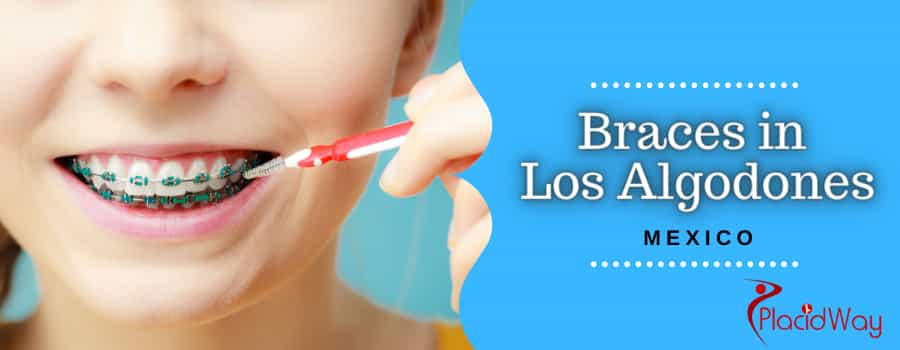
Dreaming of a perfectly straight smile but put off by the sky-high cost of braces in the US or Canada? If crooked teeth, gaps, or a misaligned bite are holding you back, you might feel like achieving that confident smile is financially out of reach. But what if you could get high-quality orthodontic treatment for a fraction of the price, just a short trip away? Welcome to the world of dental tourism in Mexico!
Getting braces is a big decision, involving time, commitment, and, yes, cost. While essential for correcting bite issues and improving oral health (not just looks!), orthodontic treatment can cost thousands of dollars. For many, especially those without comprehensive dental insurance, this price tag is a major hurdle.
That's where Mexico comes in. Increasingly, Americans and Canadians are heading south for dental work, including braces, drawn by potential savings of 50-70% or even more. But is it safe? What are the options? And crucially, how much are braces in Mexico? This guide will walk you through everything you need to know in 2025, from the types of braces available to average costs, pros and cons, and tips for planning your treatment abroad.
Thinking About Braces? Why Look South to Los Algodones Mexico?
The number one reason people explore getting braces in Los Algodones Mexico is undoubtedly the cost savings. Orthodontic treatment in the United States can easily range from $5,000 to $8,000 or more, depending on the type of braces and complexity. In Mexico, similar treatments can often be obtained for significantly less, making a straighter smile far more accessible.
But it's not just about price. Many dental clinics in popular Mexican border towns and tourist destinations cater specifically to international patients. You can find:
- Qualified Specialists: Many Mexican dentists and orthodontists receive training in Los Algodones Mexico, the US, or Europe and are highly skilled. Look for certified orthodontists who specialize in moving teeth.
- Modern Clinics: Competition has driven many Dental Clinics in Los Algodones Mexico to invest in state-of-the-art technology and maintain high standards of hygiene and care, often rivaling or exceeding US standards.
- Convenience: For those living in southern US states, traveling to a Mexican border city like Tijuana or Los Algodones can be relatively easy and quick. Even for those further away, the savings often justify the travel costs.
Of course, heading to another country for medical or dental treatment requires careful planning and research. You need to choose the right clinic and understand the process. Let's dive into the types of braces you'll likely encounter.
Metal, Ceramic, Invisible? Choosing the Right Braces for You
Just like in the US, you have several options when it comes to the type of braces you can get in Los Algodones Mexico. Each has its advantages and disadvantages regarding appearance, comfort, maintenance, and cost.
Traditional Metal Braces: The Reliable Standard
These are the most common type of braces you probably picture – small metal brackets glued to the front of each tooth, connected by a thin metal archwire.
- How they work: The archwire gently guides the teeth into proper alignment over time. Tiny elastic bands (ligatures) often hold the wire onto the brackets.
- Pros:
- Most Affordable: Typically the least expensive option.
- Durable: Metal brackets are very strong and resistant to breaking.
- Effective: Tried and true method for correcting even complex orthodontic issues.
- Fun for Kids: The elastic ligatures come in various colors that kids (and adults!) can change at each adjustment visit.
- Modern Advances: Newer heat-activated archwires can use your body heat to help teeth move more efficiently and potentially with less discomfort.
- Cons:
- Most Noticeable: Their metallic appearance is the main drawback for those concerned about aesthetics.
- Cleaning: Food particles can easily get trapped around the brackets and wires, requiring diligent brushing and flossing.
Ceramic Braces: A More Discreet Option
Ceramic braces function similarly to metal braces, but the brackets are made from a clear or tooth-colored ceramic material.
- How they work: Same principle as metal braces, using brackets and wires, but the brackets blend in better with your natural teeth.
- Pros:
- Less Noticeable: Much less visible than metal braces, offering a more aesthetic alternative.
- Effective: Just as effective as metal braces for moving teeth.
- Cons:
- Costlier: More expensive than traditional metal braces.
- Potential Staining: While the brackets themselves resist staining, the clear elastic ties used to hold the wire can discolor over time (from coffee, tea, curry, etc.). Some self-ligating ceramic options avoid this.
- Slightly Less Durable: Ceramic can be more brittle than metal, though modern materials are quite strong.
Lingual Braces: The Truly Hidden Choice
These are the ultimate invisible option because the brackets and wires are placed on the back (tongue side) of your teeth.
- How they work: Custom-made brackets are bonded to the inner surface of the teeth, making them completely hidden from view when you smile.
- Pros:
- Virtually Invisible: No one will know you're wearing braces unless you tell them.
- Effective: Can treat a wide range of orthodontic issues.
- Cons:
- Cost: Often significantly more expensive due to customization and specialized placement techniques.
- Comfort/Speech Adjustment: Can irritate the tongue initially, and may take some time to get used to speaking clearly.
- Cleaning: Can be more challenging to clean thoroughly.
- Adjustment Difficulty Abroad: This is a critical point for dental tourism. Finding an orthodontist back home willing to take over adjustments for lingual braces started in Los Algodones Mexico can be very difficult. Treatment is usually only recommended if you can commit to returning to the same Mexican clinic for all follow-up visits.
Clear Aligners (like Invisalign): The Removable Route
Instead of brackets and wires, this system uses a series of custom-made, clear plastic trays (aligners) that fit snugly over your teeth.
- How they work: Each set of aligners is worn for 1-2 weeks, gradually shifting your teeth. You remove them to eat, drink (anything other than water), brush, and floss.
- Pros:
- Nearly Invisible: The clear plastic is very discreet.
- Removable: Allows for easier eating and cleaning. No food restrictions like with traditional braces.
- Comfortable: Generally considered more comfortable than traditional braces, with no metal to irritate cheeks or gums.
- Good for Travel: Might require fewer adjustment appointments (though progress still needs monitoring).
- Cons:
- Compliance is Key: Must be worn 20-22 hours per day to be effective. Success depends heavily on patient discipline.
- Not for All Cases: May not be suitable for very complex bite corrections or severe crowding.
- Can Be Lost: Being removable means they can be misplaced or damaged.
- Cost: Often one of the more expensive options, comparable to or sometimes more than ceramic or lingual braces.
- Attachments & Stripping: May require small, tooth-colored "attachments" bonded to teeth to help aligners grip, and potentially "interproximal reduction" (IPR) – minor enamel polishing between teeth to create space.
Self-Ligating Braces (like Damon): Modern Efficiency?
These braces look similar to traditional metal or ceramic braces but use a special built-in clip or door mechanism in the bracket to hold the archwire, eliminating the need for elastic ties.
- How they work: The wire slides more freely within the bracket. Proponents claim this reduces friction, potentially leading to faster and more comfortable tooth movement.
- Pros (Claimed):
- Potentially Faster Treatment: Some studies suggest slightly shorter treatment times, but evidence isn't conclusive.
- Potentially Less Discomfort: Reduced friction might mean less pressure and soreness after adjustments for some patients.
- Fewer Office Visits: Some orthodontists using these systems may space out adjustment appointments further.
- Easier Cleaning: No elastic ties means fewer places for plaque to accumulate right around the bracket.
- Cons:
- Cost: More expensive than traditional metal braces.
- Mixed Scientific Evidence: Claims of significantly faster treatment or less pain aren't universally supported by independent research compared to traditional braces.
- Can Still Irritate: Like any braces, they can still cause some initial irritation to cheeks and lips.
Let's Talk Numbers: What Do Braces Cost in Los Algodones Mexico in 2025?
This is the question on everyone's mind! As we've discussed, the cost varies depending on the type of braces, the complexity of your case, the specific clinic, and its location within Los Algodones Mexico. However, we can look at average ranges based on information available (like from DentalMexico.com as of early 2025).
Here's a general idea of potential costs for braces in Los Algodones Mexico:
- Traditional Metal Braces: $400 - $3,500 USD. Note: The lower end likely represents the initial payment for placement, while the higher end might reflect estimates for full treatment in some clinics or locations. The average full treatment cost is often cited around $1,200 - $2,500.
- Ceramic Braces: $350 - $3,800 USD. Similar to metal, the lower end might be an initial fee. Full treatment is generally more than metal.
- Lingual Braces: ~$1,500 USD (often quoted as an average full treatment cost, including initial placement and around 12 follow-up visits).
- Clear Aligners (Invisalign): $2,518 - $5,104 USD (typically quoted as the full treatment cost range).
- Damon Braces (Self-Ligating): $805 - $3,500 USD (Range likely includes initial fees up to full treatment estimates).
- Self-Ligating Initial Placement: ~$800 USD (Cost for just putting the braces on both arches, adjustments extra).
- Adult Braces (Initial Payment Range): $450 - $1,000 USD.
- Child Braces (Initial Payment Estimate): ~$500 USD.
Important Cost Considerations (Minimum 200 Characters): These prices offer a significant saving compared to the typical $5,000-$8,000+ often quoted in the US. However, it is absolutely crucial to get a detailed quote from your chosen clinic in Mexico. Ask specifically what the price includes: Does it cover initial placement only? Does it cover all adjustment visits for the estimated treatment duration? Are retainers included at the end? Are diagnostic records like X-rays and models extra? Costs can vary significantly between cities like Tijuana, Los Algodones, Cancun, or Nuevo Laredo. Always get a written treatment plan outlining the full scope of work and the total expected cost before committing.
Special Cases: Braces for Adults and Kids in Mexico
Orthodontic needs can differ based on age. Mexico caters to both adults and children seeking treatment.
Getting Braces as an Adult in Mexico
It's never too late to get the smile you've always wanted! More adults are choosing braces for cosmetic reasons or to correct long-standing bite problems that can cause jaw pain or excessive wear.
- Aesthetic Concerns: Adults are often more concerned about the appearance of braces. Ceramic braces, clear aligners, or even lingual braces are popular choices, though metal braces are still a very effective and budget-friendly option.
- Treatment Time: Adult bone is denser, so treatment might sometimes take slightly longer than for teenagers, but this isn't always the case.
- Cost Savings: The significant cost difference in Mexico makes adult orthodontics achievable for many who couldn't afford it back home. The $450-$1,000 range likely covers the initial placement, making the start affordable.
Braces for Children and Teens in Mexico
Early orthodontic assessment (around age 7) is recommended to identify potential issues.
- Common Choices: Traditional metal braces are often ideal for kids due to their durability and lower cost. The fun colored bands are usually a hit!
- Timing: Treatment might happen in two phases (Phase 1 for early intervention on jaw growth issues, Phase 2 for full braces later) or just one comprehensive phase during teenage years.
- Parental Involvement: Requires commitment from parents for travel, ensuring good oral hygiene, and encouraging retainer wear.
- Affordability: The lower costs (around $500 for initial placement) make treatment feasible for many families.
Planning Your Trips: The Logistics of Getting Braces Abroad
Unlike a single crown or filling, braces require multiple visits over a long period (typically 1-3 years).
- Adjustment Visits: You'll need to return to your Mexican orthodontist roughly every 4-8 weeks for adjustments, where they tighten wires or make changes to keep your teeth moving correctly.
- Factor in Travel: Calculate the cost and time involved in traveling back and forth for these appointments. Living near the border makes this much easier. If flying, factor in airfare and potentially accommodation for each trip.
- Accessibility: Consider clinics in easily accessible locations. Border towns or cities with major airports are often the most practical choices.
- Lingual Braces Warning: Remember the difficulty of transferring lingual brace care – plan to complete the entire treatment with the initial clinic.
- Aligners: While potentially requiring fewer physical check-ins, clear aligner treatment still needs periodic monitoring by the orthodontist.
Treatment's Over? Not Quite! Why Retainers Are Essential
Once your braces come off, the celebration begins! But the journey isn't quite finished. Retainers are crucial to keep your newly straightened teeth in their perfect positions.
- Why? Teeth have a natural tendency to shift back towards their original spots (relapse). Retainers hold them steady while the surrounding bone and tissues stabilize.
- Types:
- Removable: Clear plastic trays (like Invisalign aligners) or traditional Hawley retainers (wire across the front teeth with an acrylic base). Usually worn full-time for a few months, then nightly for the long term.
- Fixed/Bonded: A thin wire permanently bonded to the back of your front teeth (usually bottom, sometimes top). Invisible and requires no compliance, but needs careful flossing.
- Lifelong Commitment: Most orthodontists now recommend nightly retainer wear indefinitely to guarantee your smile stays straight.
- Cost: Ask if the cost of your first set of retainers is included in your braces package, or if it's an additional fee.
How to Choose a Great Orthodontist in Mexico
The key to a successful and safe experience is choosing the right professional and clinic. Don't just focus on the lowest price.
- Look for a Certified Orthodontist: Ensure the practitioner is a specialist in orthodontics (Ortodoncista in Spanish), not just a general dentist offering braces. Specialist training takes several extra years.
- Check Qualifications & Experience: Ask about their training, certifications, and how long they've been practicing orthodontics.
- Read Reviews & Testimonials: Look for reviews from previous international patients on independent platforms or the clinic's website.
- View Before & After Photos: Reputable orthodontists will have portfolios showcasing their work.
- Clinic Standards: Inquire about sterilization protocols (autoclave use, etc.) and overall clinic cleanliness. Is the equipment modern?
- Communication: Ensure clear communication is possible (English-speaking staff or reliable translation). Ask questions!
- Virtual Consultations: Many clinics offer online consultations to discuss your case initially.
- Use Trusted Resources: Platforms connecting patients with vetted international clinics can simplify the research process.
Frequently Asked Questions (FAQs) About Braces in Mexico
Q: How Much do Braces Cost in Mexico?
Cost of Braces in Mexico are significantly more affordable than in the U.S., with prices ranging from $500 to $4,500 depending on the type and location. For instance, traditional metal braces typically cost between $400 and $1,000, while ceramic braces range from $600 to $1,500. Damon braces are priced between $2,000 and $3,500, and Invisalign aligners can cost up to $4,500 .?
Popular dental tourism destinations in Mexico include Tijuana, Los Algodones, Cancun, and Playa del Carmen, where many clinics offer high-quality orthodontic treatments at competitive prices. Patients often choose these locations to save up to 60% compared to U.S. prices, even after accounting for travel expenses
Q: Is it safe to get braces in Mexico?
A: Yes, it absolutely can be safe, provided you do thorough research. Choose a clinic with a certified orthodontist, modern equipment, and strict sterilization practices comparable to US standards. Look for accreditations and read patient reviews. Many clinics pride themselves on providing excellent care to international patients. Avoid suspiciously cheap offers that might cut corners on quality or safety.
Q: How long does braces treatment take in Mexico?
A: Treatment time is based on your individual orthodontic needs, not the location. It typically takes anywhere from 1 to 3 years, similar to treatment times in the US or Canada. The complexity of your case (crowding, bite issues) is the main factor. Consistency in attending your adjustment appointments is crucial for staying on schedule.
Q: Do Mexican orthodontists speak English?
A: Many orthodontists and clinic staff in popular border towns and tourist destinations are fluent in English, as they cater heavily to international patients. However, it's always best to confirm this directly with the clinic when scheduling your consultation. Clear communication is vital throughout your treatment.
Q: What if I have a problem with my braces back home (e.g., a broken bracket)?
A: This is an important consideration. For minor issues (like a poking wire), your Mexican clinic might guide you on temporary fixes over the phone. For broken brackets or more significant problems, you'd ideally return to your Mexican orthodontist. If that's not feasible quickly, you would need to find a local orthodontist willing to see you for an emergency repair, which might involve a fee. Establishing a relationship with a local orthodontist for potential emergencies before you start treatment in Mexico might be wise, though finding one willing to adjust work started elsewhere (especially lingual) can be tough.
Q: Does the cost quoted usually include everything (adjustments, retainers)?
A: This varies greatly! It's one of the most important questions to ask. Some quotes might only cover the initial placement of the braces ("banding"). Others might be a "package deal" including all adjustment visits for a set period and the first set of retainers. Always get a detailed written quote specifying exactly what is included and what potential extra costs might arise (e.g., X-rays, lost retainers, extended treatment time).
Q: Can I use my US dental insurance in Mexico?
A: Generally, standard US dental insurance plans (especially HMOs) will not cover treatment received in Mexico. However, some PPO plans might offer partial reimbursement for out-of-network providers. You would likely need to pay the Mexican clinic directly and then submit the claim paperwork to your insurance company yourself. Call your insurance provider before treatment to understand any potential out-of-network benefits or requirements for international claims.
Ready for a Straighter Smile and Big Savings? Explore Braces in Mexico!
Achieving the straight, healthy smile you desire doesn't have to break the bank. Mexico offers a viable, high-quality, and significantly more affordable alternative for orthodontic treatment, from traditional metal braces to clear aligners. While it requires careful planning, research, and commitment to travel for adjustments, the potential savings of 50-70% or more make it an attractive option for countless people every year.
By understanding the different types of braces, realistic costs, and the logistics involved, you can make an informed decision. Remember to prioritize finding a qualified, certified orthodontist and a reputable clinic that maintains high standards of care.
Planning your orthodontic journey abroad can feel complex, but you don't have to navigate it alone. PlacidWay connects you with pre-screened, reputable dental clinics and certified orthodontists in Mexico. Get personalized quotes, compare options, and access reliable information to start your path towards a confident, beautiful smile. Contact PlacidWay today to take the first step!


.png)
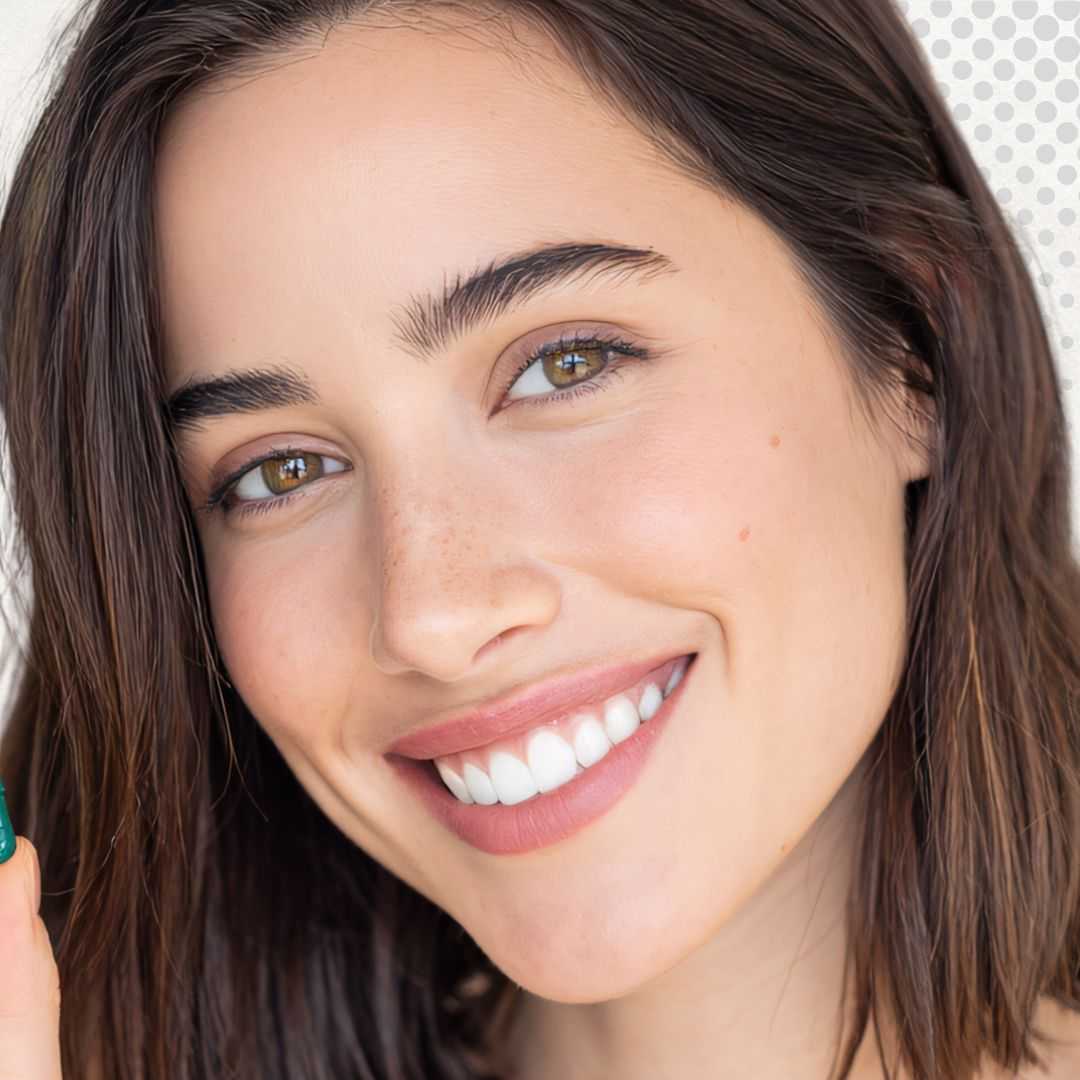




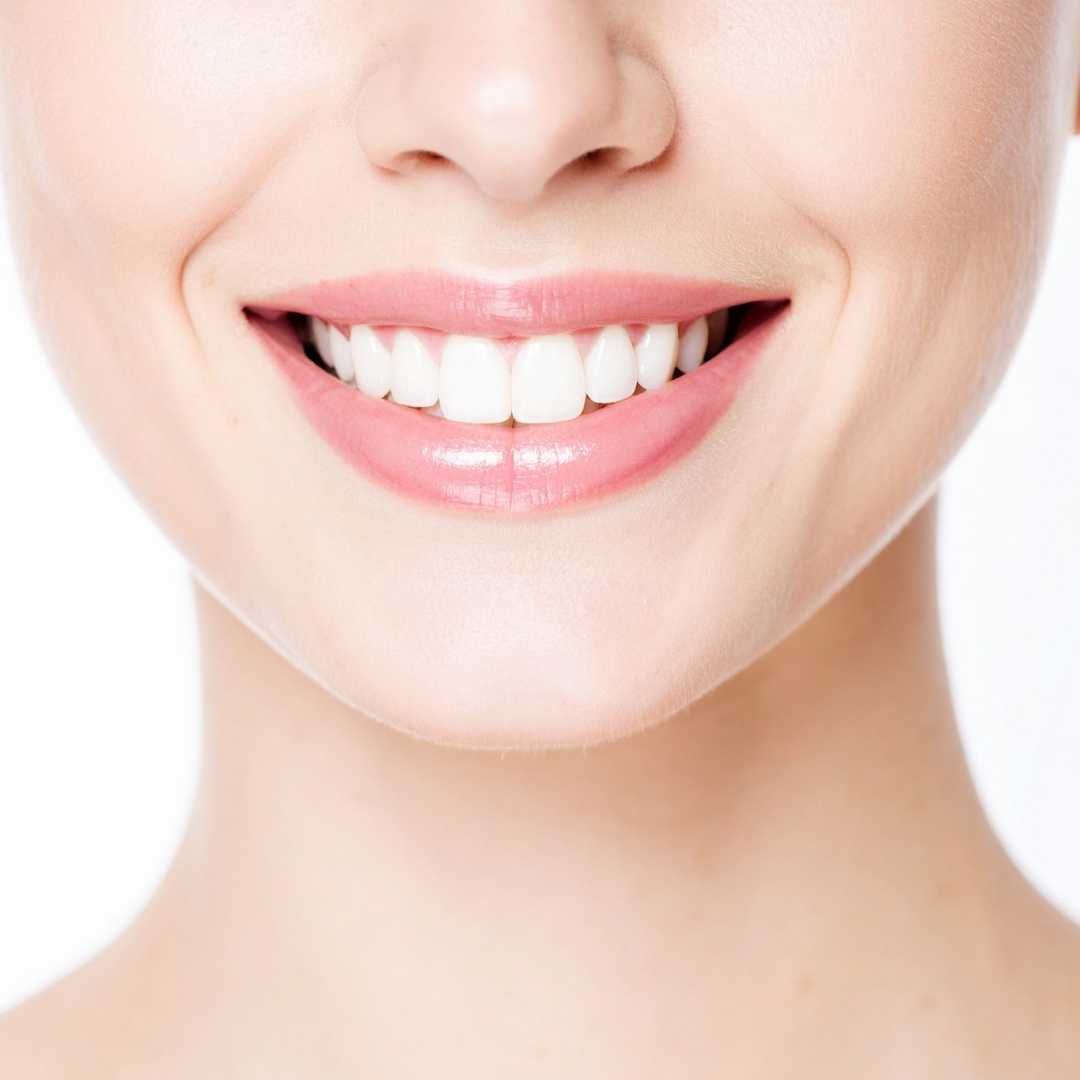


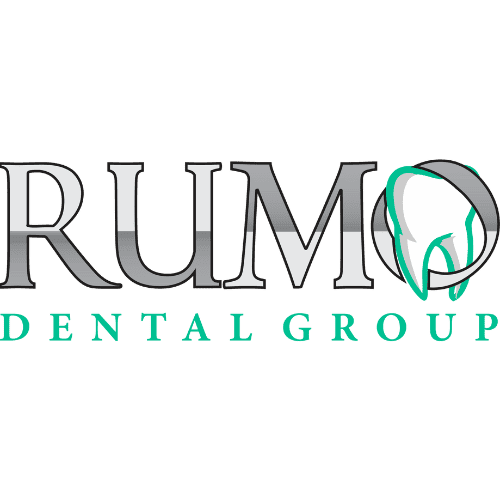


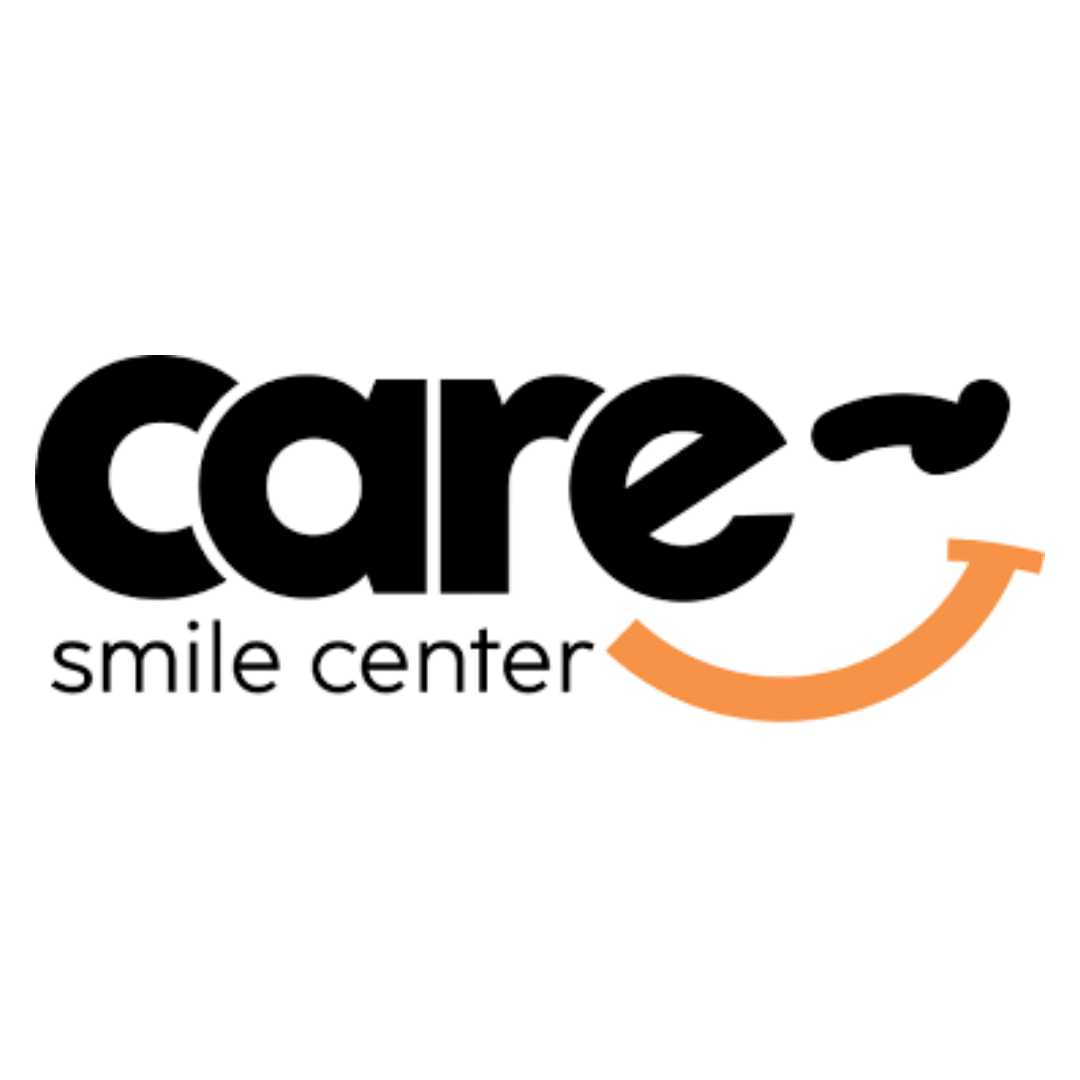


Share this listing